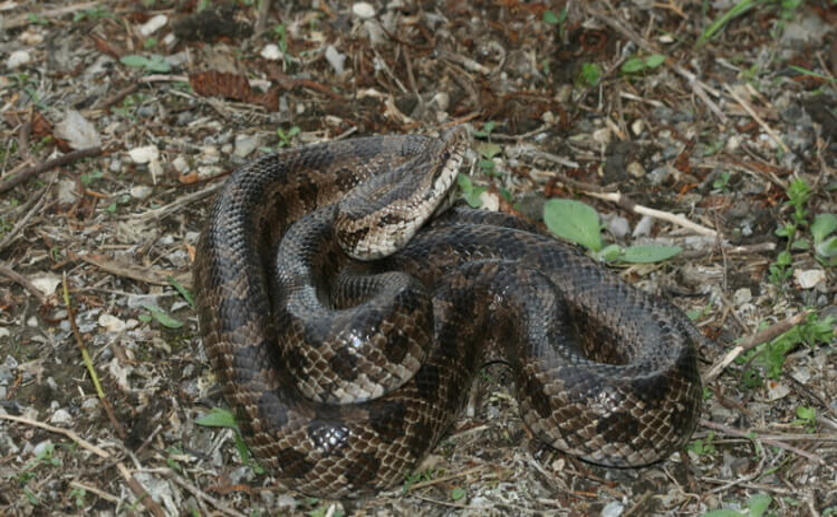
This archived news article is over 5 years old.
Researchers Discover That a Common North American Kingsnake Consists of Three Separate Species
Joanna Lawrence
5th October, 2016


Joanna Lawrence
5th October, 2016
